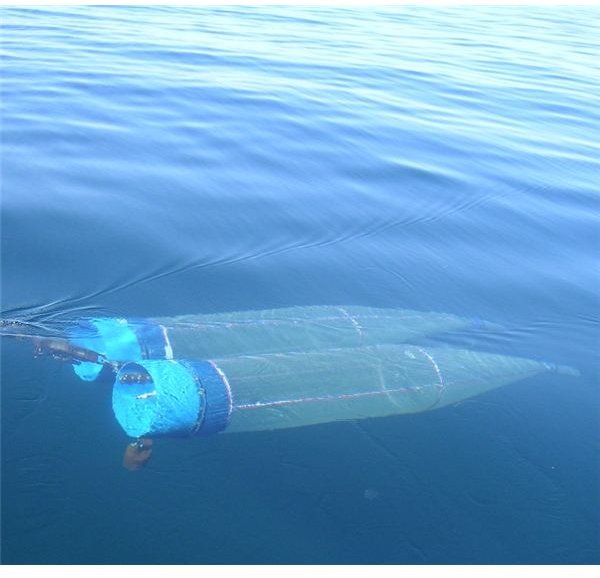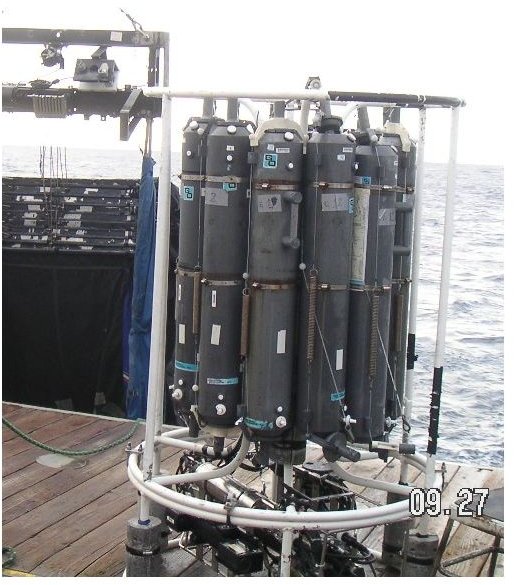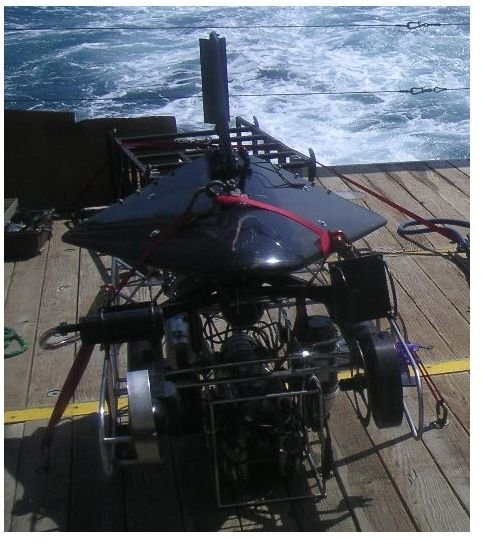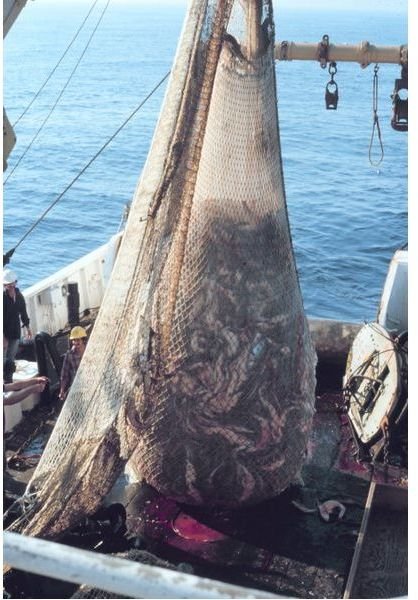Marine Biology: Importance, Branches of Study, Tools and Technology
What is Marine Biology?
Marine biology is the study of life in marine environments - open oceans, seafloors, deep sea vents, shallow coastal areas like coral reefs, seagrass beds, kelp forests and estuaries. Marine biology has many of the same branches as general biology - anatomy and physiology, molecular biology and genetics, ecology and evolution, zoology, botany, and so on - it’s just focused on marine life rather than terrestrial life. Marine biologists study everything from the very large, like whales, dolphins and sharks, to the very small, like copepods, larval fish and the microbes of the microbial loop.
Why Study Marine Biology?
The majority of our world is covered by oceans and all life on Earth originally came from the oceans, but our knowledge of what goes on in it is still very limited compared to what we know about land life.
On a more practical level, because we like seafood. At one time, fishermen assumed that the fish in the sea were infinite and they could harvest as much as they wanted any way they wanted. This is not so. Many careers in marine biology are about studying the life histories and ecology of commercially important fish and shellfish to better understand how to regulate the fisheries (how much at a time, what size, what seasons, what fishing gear, etc.) and ensure that we will continue to have our favorite seafood for generations to come.
On a conservation level, to better understand how to create and manage marine sanctuaries - for commercially important marine life, for marine life we happen to really like such as sea turtles, and the ecosystems that support them. To do that, we must study how the ecosystems function and how individual areas are linked to other areas containing the same species.
And finally, to understand how global climate change affects marine life. Marine biology is in a position to understand what patterns are normal and what would be a significant change away from normal. For example, minor changes in sea temperature or pH have major effects on marine organisms. Understanding these effects helps other branches of science understand whether and how global climate change is occurring.
How is Marine Biology Studied?
Much of the technology used in marine biology started out as expansions on fishing gear and developed from there. Examples:
Nets and traps are the mainstays of marine biology research, especially in the open ocean. Many resemble the same nets and traps used by commercial fisheries. Others are specifically designed for scientific research.
- Various types of trawls, such as otter trawls or Tucker trawls. These are dragged in the water column behind a moving boat. The MOCNESS (multiple opening closing net environmental sensing system) is a contraption with up to a dozen nets that take turns opening and closing at different water depths.
- General plankton nets tend to be round, and can have a variety of mesh sizes to catch different sizes of plankton. Two of them together make a bongo net, which can catch two duplicate samples or have different mesh sizes. Neuston nets are rectangular, typically twice as long as they are tall. These are used to skim whatever is right at the water surface.
- Traps are used to catch fish and shellfish that live on the seafloor, often with bait. They come in a wide variety of designs, depending on what they’re intended to catch. Many are made of wire mesh.
- Live enclosures are sometimes left in the field to study animals in their natural environment. The enclosures trap the animals while keeping out unwanted predators.
- A livebox is a floating trap attached to the end of a net that is used to catch small swimming organisms near the surface. It’s used to capture live specimens for laboratory study.
- A light trap is a box that catches small swimming organisms in the water column at night, by attracting them to light.



Tags and Telemetry
To track the movement patterns of medium to large marine animals, marine biologists often capture them, put tags on them, then release them back into the wild. The tags can be simple pieces of engraved metal or plastic that rely on the general public (fishermen, beachcombers) to find and report when found. Or they might be highly sophisticated devices that send signals at regular intervals, either to listening devices at fixed locations, or to satellites. They might be attached on the outside of the animal or injected into the body.
CTDs with Niskin Bottles
The CTD (conductivity-temperature-depth) is a device used throughout oceanography to collect basic data about the local water column. A Niskin bottle is a heavy-duty plastic bottle open at both ends, with lids that snap shut on command - useful for taking a water sample at a specific depth. Water samples are an important part of any marine biology research involving microplankton or nutrients. On most research vessels, the CTD and several Niskin bottles are part of an overall package called a CTD rosette.
SCUBA divers can photograph, videotape, record sound and run experiments in relatively shallow underwater environments like coral reefs, or close to the surface in the open ocean. Contrary to popular belief, scuba diving is not a big part of every marine biology research project. In general, scuba divers are somewhat like astronauts are to astronomy - extremely expensive techs for deploying, maintaining and retrieving large, complex machinery left underwater for long periods of time (that can photograph, videotape, record sound and collect other oceanographic data).
Remotely operated vehicles (ROVs) are used in marine environments deeper than is safe for divers. These are attached to the boat - and the researcher on board - with a cable that can transmit commands and often receive data in realtime.
Marine Biology vs Biological Oceanography
There is a subtle difference between these two branches of marine life studies. Biological oceanography is more interdisciplinary with the other branches of oceanography (chemical oceanography, geological oceanography and physical oceanography) and focused on the functions of the ocean as a whole. Where various branches of marine biology might study the life history of a given species (life span, reproductive behavior, etc.) or the dynamics within an ecological community (predation, competition, etc.), biological oceanography would be more about how these are influenced by abiotic factors of the open ocean (dispersal, source and sink populations, chlorophyll maximums).
Image Credits and Source
Trawled fish photo from NOAA, public domain.
Bongo nets, CTD rosette (with MOCNESS in background), and ROV photos by article author.
Article author has a Master of Science (MS) degree in marine biology and has worked professionally in oceanographic research since 2001.
